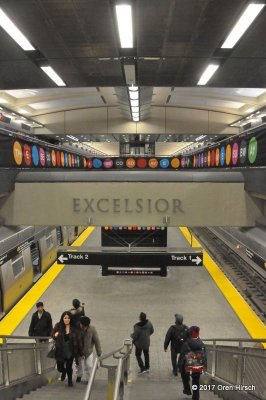
When I redesigned my website to use WordPress instead of coding everything by hand as I had since initial launch nearly 20 years ago, I opted to launch the new design without including the New York City section. That decision was made in January 2016 due to the fact that rebuilding process included reuploading all the original images on the site, reentering their captions, and building out pages for each city, agency, and vehicle type. The New York City section has always been one of the largest on my site, and it seemed better to push out the redesigned website minus one section than to hold it back until it was 100 percent complete. Finding the time to complete the redesign of the New York section hasn’t always been easy, especially since I much prefer to add new content rather than tinker with code and rebuild old pages when I have time to work on the site. However, nearly four years later, I am pleased to announce that the New York City section of the site has been rebuilt and many new photos have been added to this section.
Since the redesigned Oren’s Transit Page was launched, there have been some significant changes to the New York City Transit scene. The most notable development is probably the opening of the long awaited Second Avenue Subway, but that isn’t all that has happened in recent years. The Hudson Yards Extension of the 7 line opened in 2015, and multiple subway car types, including the seemingly ageless R32s and the R42s have been retired and the R179s have been introduced. The venerable RTS buses have also been retired and New Flyer and NovaBUS now fulfill most of the MTA’s equipment purchases. The Long Island Rail Road and Metro-North fleets remain dominated by new car types, though a handful of M3s continue to hang on at each railroad. The “Oculus”, the centerpiece of the reconstructed PATH station at the World Trade Center, officially opened in March 2016.
Between images that had been on the site prior to 2016 and new images added during the redesign (including pretty much everything that was New York related in my photo queue at this point), there are now nearly 1,400 photos of New York City transportation here on Oren’s Transit Page. I invite you to check them out at the redesigned New York City section, and as always, there will be more to come when my travels take me to New York.
Click here to visit the New York City section of Oren’s Transit Page. A very small selection of teaser photos from this update can be found below.
New Flyer XD40 4827 on Cadman Plaza West at Middagh Street, September 4, 2019
R62A 1750 at 42nd Street-Grand Central, March 24, 2017
1958 GMC TDH-5106 Old Look 9098 on East 42nd Street at 3rd Avenue, December 12, 2012
M-3 at White Plains, April 24, 2012
34th Street-Hudson Yards, December 27, 2015
GMC TDH-5106 Old Look 9098
